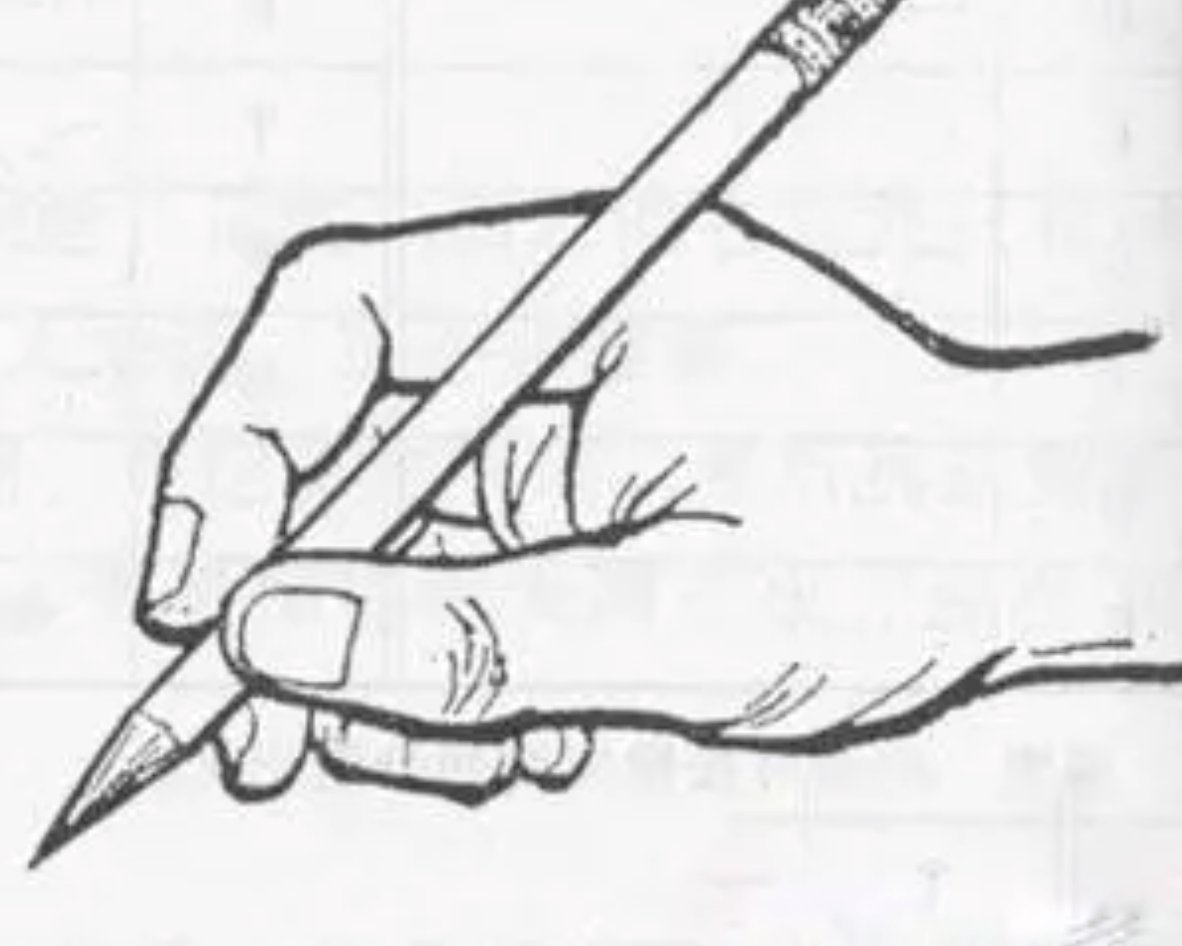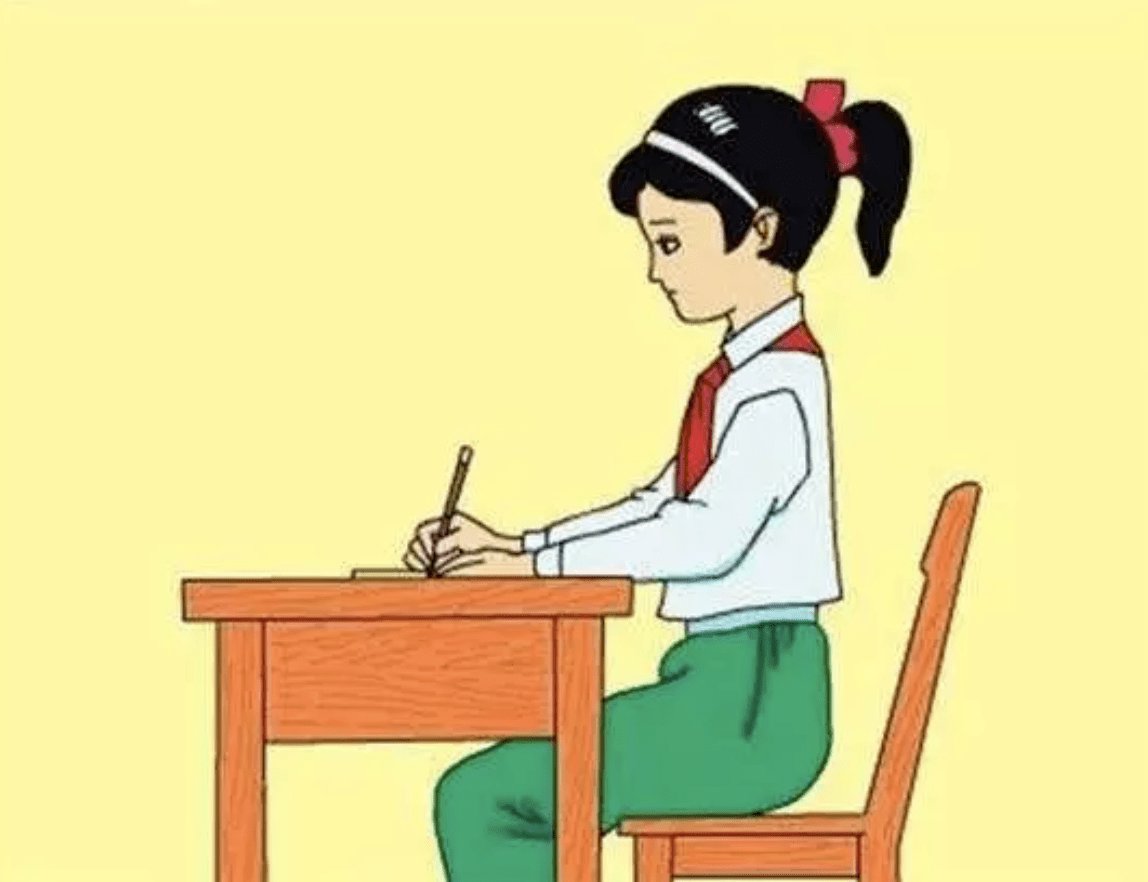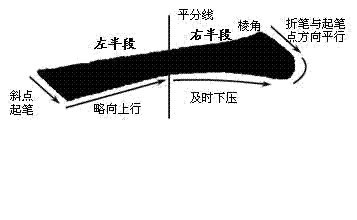We always say that words are like the person they are. Beautifully written words will still make people’s eyes shine. Let me tell you how to practice calligraphy for third-grade children. What is the best way to practice calligraphy?
1. Pen holding posture

The pen holding posture and sitting posture should be improved from an early age. Children's muscle development is unbalanced, their ability to make fine movements is poor, and it is more difficult to hold a pen and write. Parents should provide patient guidance and help their children master the correct way to hold a pencil.
First, extend your thumb and index finger to form a ring shape. The penholder passes through the ring, and then is naturally held up by the middle finger from bottom to top, and the penholder is fixed in the tripod.
Note 1: The penholder is placed between the three tips of the thumb, index finger and middle finger. The index finger is in front, the thumb is behind the left, and the middle finger is on the lower right. The index finger should be lower than the thumb. The tip of your finger should be about 3 cm (about an inch) from the tip of the pen
Note 2: Keep the penholder tilted at 60 degrees with the workbook, the palm of the hand is rounded, and the knuckles are slightly bent. Do not place the pen barrel near the tiger's mouth.
2. Sitting posture

Incorrect sitting posture for children to write will affect their future bone development. In order to ensure that children's bones develop well, we must first sit upright with half of the body from an early age, with the head upright, looking forward, and placing both hands freely on the body. Side, legs square, chest raised. Parents should warn their children not to lie on the table or cross their legs. Correct sitting posture requires "always one straight and two level", that is, the body is straight, the head is straight, the shoulders are straight, and the legs are straight. To achieve the "three ones", that is, the eyes are one foot away from the book; the chest is one punch away from the table; the hand is one inch away from the tip of the pen.
3. The strokes of characters

Strokes: Each character is made up of basic strokes. Therefore, if you want to write a word well, you must write every basic stroke of it. Each stroke must start, move, and close. In Chinese language teaching in lower grades, while allowing students to understand basic strokes, students must also be given strict stroke writing guidance to lay a good foundation for future writing teaching.
Such as dot (,), horizontal (—), vertical (丨), left (丿), Na (乀), fold (乛), other strokes are composed of these basic strokes. When teaching, parents can proceed one by one from simple to complex texts. The literacy text starts with "One Go, Two or Three Miles", so we will teach "horizontal" writing first. When teaching horizontal writing, you should tell your children the characteristics of horizontal lines (including the differences between the three horizontal lines in "three"). When teaching how to write each character, you should teach it stroke by stroke, and the difference of each stroke should be explained clearly, especially the changed situation. Write, step by step. If you can't write well once, try again.
Radicals of characters: Most Chinese characters have radicals, and the writing of these radicals has its own characteristics and rules. Once you have mastered the writing of radicals, you can apply them to characters with these radicals and draw inferences from one example to make the structure of the characters better.
Structure: Every time when writing, children should carefully observe the position of the word in the field grid. What are their radicals and what structure of characters are they? What is their frame structure? Is it narrow on the left and wide on the right, small on the top and large on the bottom, or wide and narrow on the left, middle, and right, etc. Carefully observe the writing demonstration of Tian Zi Ge in the book and observe how the strokes are written. Let the children trace first, then write, and then practice calligraphy independently. Children should be strictly required to do this every time they write, and children should be encouraged to learn from Huai Su. Huai Su writes very seriously. He always looks at the shape of the characters first, remembers the order of the strokes, and then writes according to them one stroke at a time. In this way, Huaisu's handwriting improved rapidly, and he eventually became a famous calligrapher.
Every time when writing, children should be required to do three things, namely, eyes, hands, and heart, that is, they must concentrate. Let the children understand that being mindful means being calm and peaceful, so that they can write well and eventually develop Chinese characters with personal characteristics.








